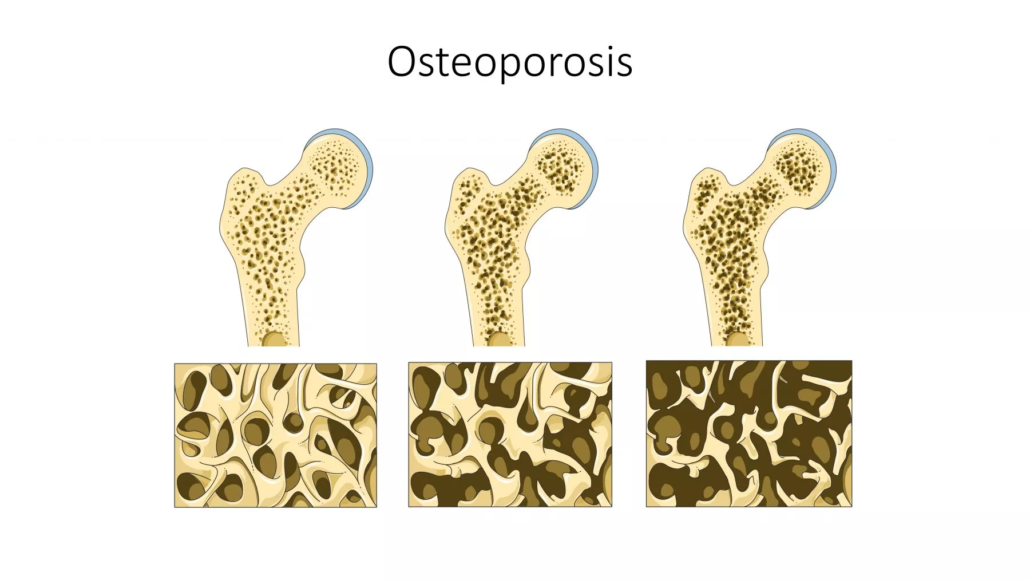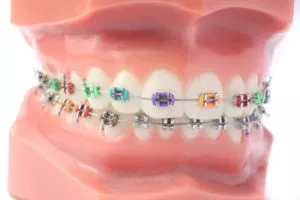Aging: Osteoporosis, Causes, Symptoms, and Treatments
Ageing is a natural process that impacts our bodies in various ways. One of the most common conditions associated with ageing is osteoporosis. In this article, we’ll delve into what this desease is, its causes, symptoms, diagnosis, and treatment options. We’ll also discuss preventative measures that can be taken to reduce the risk of developing this debilitating bone disease.
What is Osteoporosis?
Osteoporosis is a bone disease that gradually weakens bones, making them fragile and prone to fractures. As we age, our bones lose density and become more susceptible to this disorder. Osteoporosis can affect both men and women but is more common in women post-menopause.
Causes
Several factors, such as genetics, lack of physical activity, poor diet, excessive consumption of alcohol and tobacco, deficiency of Vitamin D and calcium, and prolonged use of certain medications can cause Osteoporosis. Recognizing these risk factors is essential for understanding how to prevent and treat the disease.
Symptoms
In the initial stages, osteoporosis may be asymptomatic. However, as the disease progresses, one may experience bone pain, weakness, curvature of the spine, loss of height, and frequent bone fractures, especially in the hips, wrists, and vertebrae. If you experience any of these symptoms, it’s crucial to seek medical attention for a proper diagnosis.
Diagnosis of Osteoporosis
The diagnosis of osteoporosis is made through a bone densitometry test, a procedure that measures bone mineral density. This painless test is used to assess bone health and determine if the disease is present. It’s advisable for women over 65 and men over 70, as well as those with additional risk factors, to undergo this test.
Treatment of Osteoporosis
Its treatment aims to strengthen the bones and prevent fractures. Physicians may prescribe medications to help increase bone density, such as bisphosphonates, selective estrogen receptor modulators, and anabolic agents. Moreover, a diet rich in calcium and Vitamin D, coupled with regular bone-strengthening exercises, is recommended.
Conclusion
Osteoporosis is a bone disease that can negatively impact the quality of life in older individuals. However, with early diagnosis, appropriate treatment options, and preventative measures, it’s possible to reduce the risk of developing this disease and maintain good bone health. Always remember to consult with a medical professional for an accurate diagnosis and personalized treatment plan.
Frequently Asked Questions:
Does osteoporosis only affect women?
No, it can also affect men, although it’s more common in women post-menopause.
What’s the most common age to develop osteoporosis?
It frequently develops in individuals over the age of 50 but can occur at earlier stages of life in special cases.
What types of exercises are good for strengthening bones?
Bone-strengthening exercises such as weightlifting, resistance training, and yoga can be beneficial for strengthening the bones.
Is osteoporosis reversible?
While osteoporosis is a chronic disease, appropriate treatments can help to slow its progression and strengthen the bones.
What foods are rich in calcium?
Foods like milk, cheese, yoghurt, spinach, almonds, and canned salmon are good sources of calcium that can help maintain strong, healthy bones.






